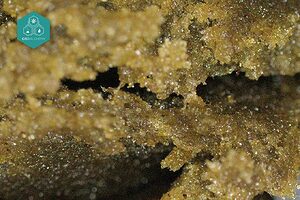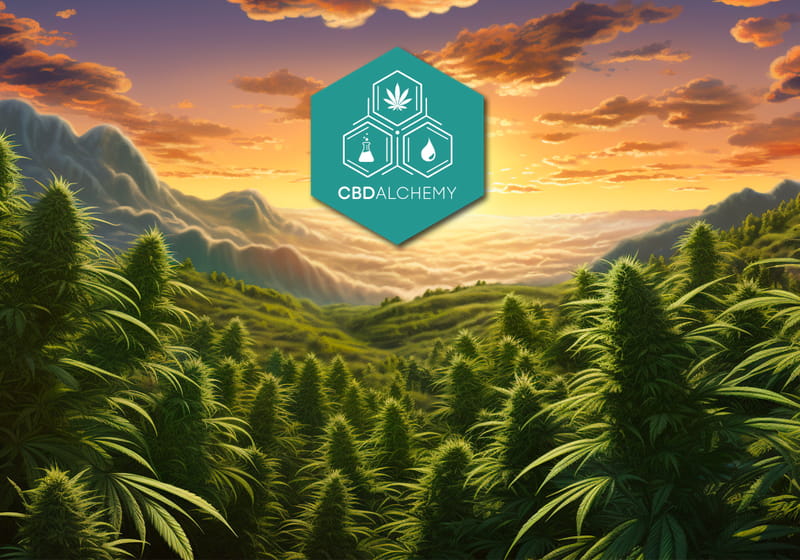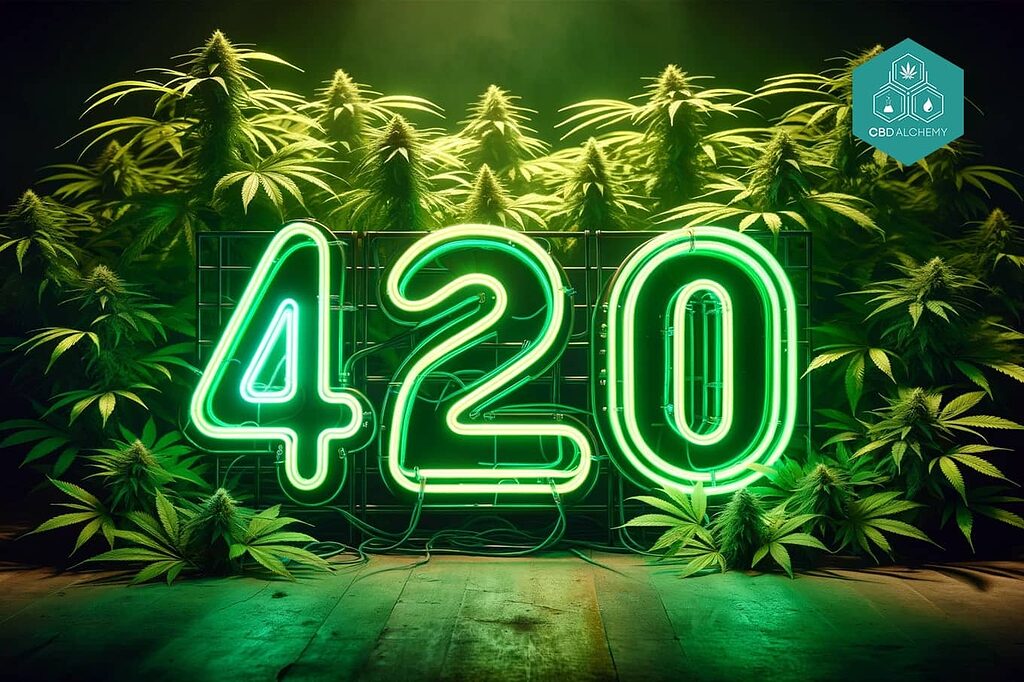
The term 420 is a cultural code associated with cannabis that originated in 1971 with a group of students in San Rafael, California, known as “The Waldos”. Initially used as a meeting time (4:20 PM) to search for an abandoned crop, it evolved into a global symbol of cannabis culture and a form of identification among consumers. A High Times magazine article in the 1990s contributed to the popularization of the term 420 within cannabis culture, establishing it as a symbol of cannabis use worldwide.
The Origin of the Term 420
The History of The Waldos
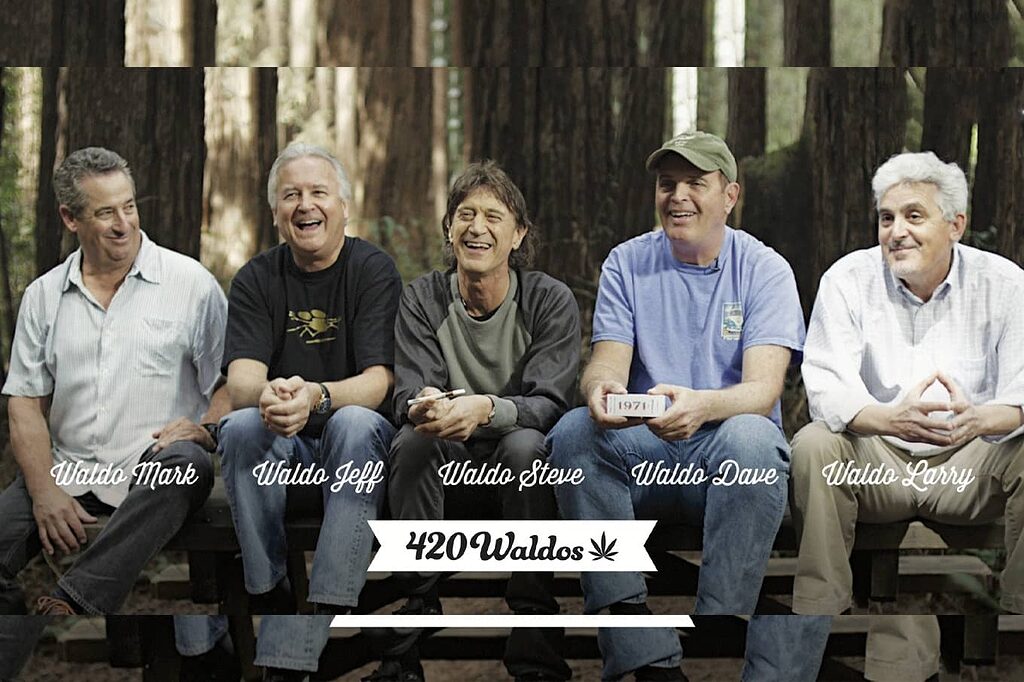
It all started in the fall of 1971 at San Rafael High School, California, where five students calling themselves “The Waldos” established 4:20 PM as their meeting time. The group, consisting of Steve Capper, Dave Reddix, Jeffrey Noel, Larry Schwartz and Mark Gravich, used a hand-drawn map and this code to meet by a statue of Louis Pasteur on campus.
The Treasure Map and Point Reyes
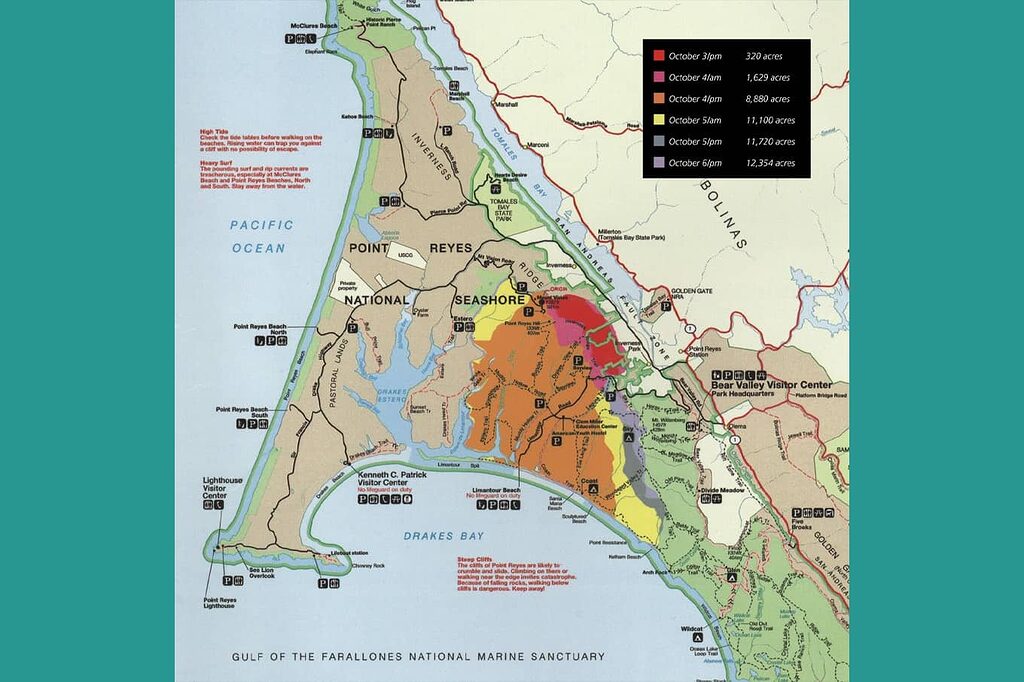
The reason for these meetings was fascinating: the Waldos had obtained a map purportedly showing the location of an abandoned cannabis grow in Point Reyes, northwest of San Francisco. A forester in the area had started this grow but, fearing discovery, abandoned it. The Waldos decided to embark on a search for this green treasure.
Meeting Time: 4:20 PM
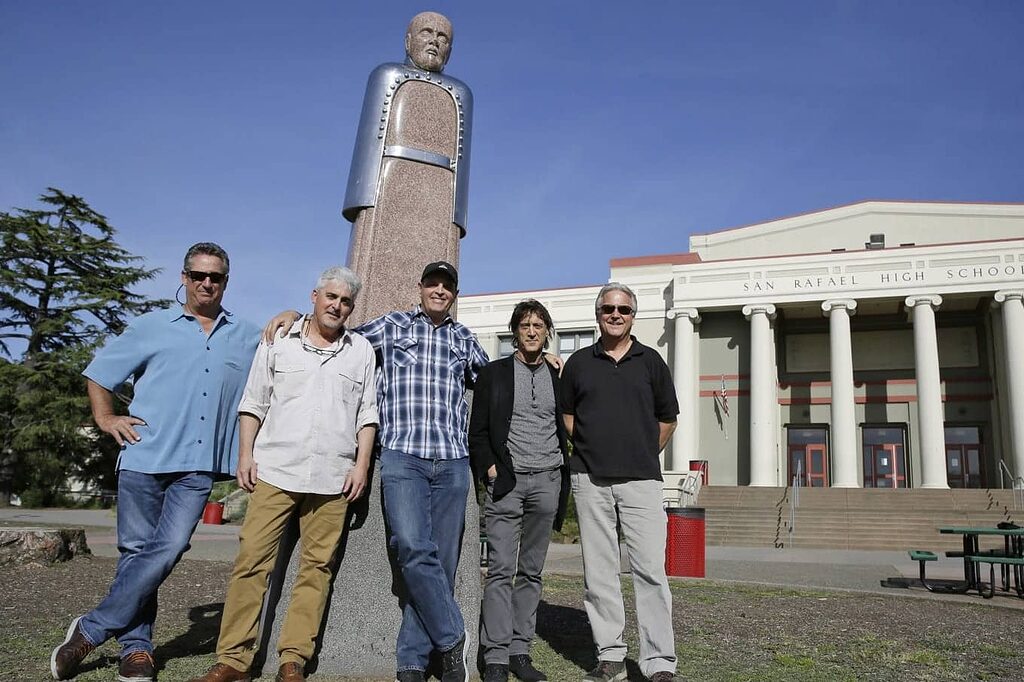
They chose 4:20 PM because it was the time after school and sports activities. “420” became their secret code to refer to the search for cannabis without teachers or parents understanding. Although they never found the legendary crop, the term became established among them as a reference to all things cannabis.
How the Term Became Popularized
The story might have remained a local anecdote were it not for a crucial connection that catapulted “420” into the world.
April 20 has become an important date on the marijuana smokers’ calendar, celebrated in various ways by cannabis enthusiasts around the world.
The Grateful Dead Connection
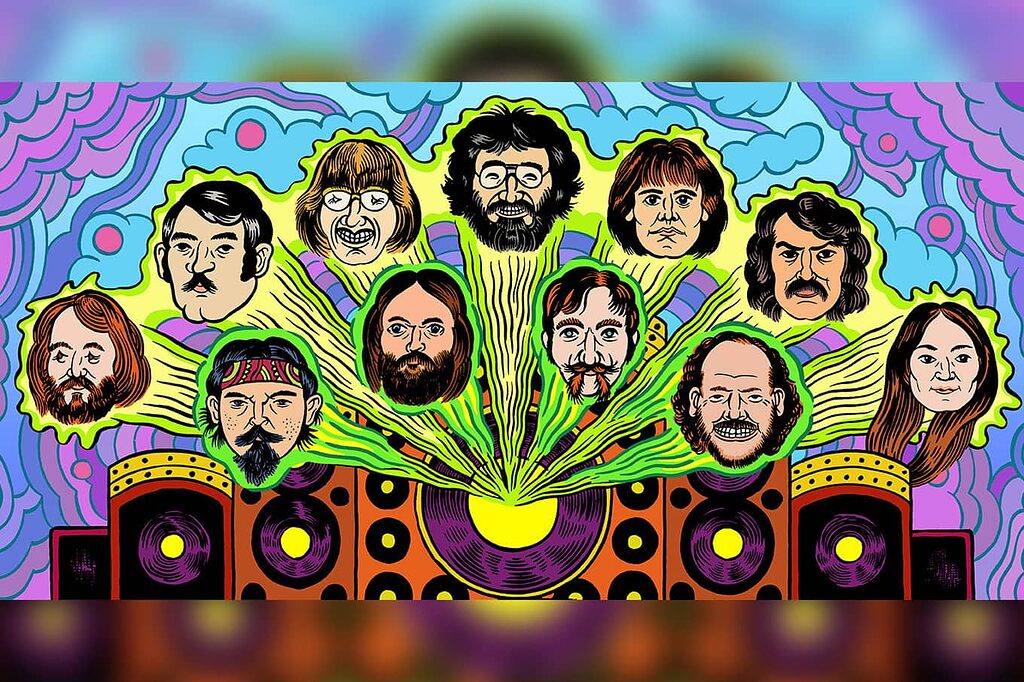
Dave Reddix, one of the Waldos, had a brother who knew Grateful Dead bassist Phil Lesh. Through this connection, the term was introduced into the circle of the band and its followers, known as “Deadheads.” The Grateful Dead fan community, characterized by their love of cannabis music and culture, adopted and spread the code.
From California to the World
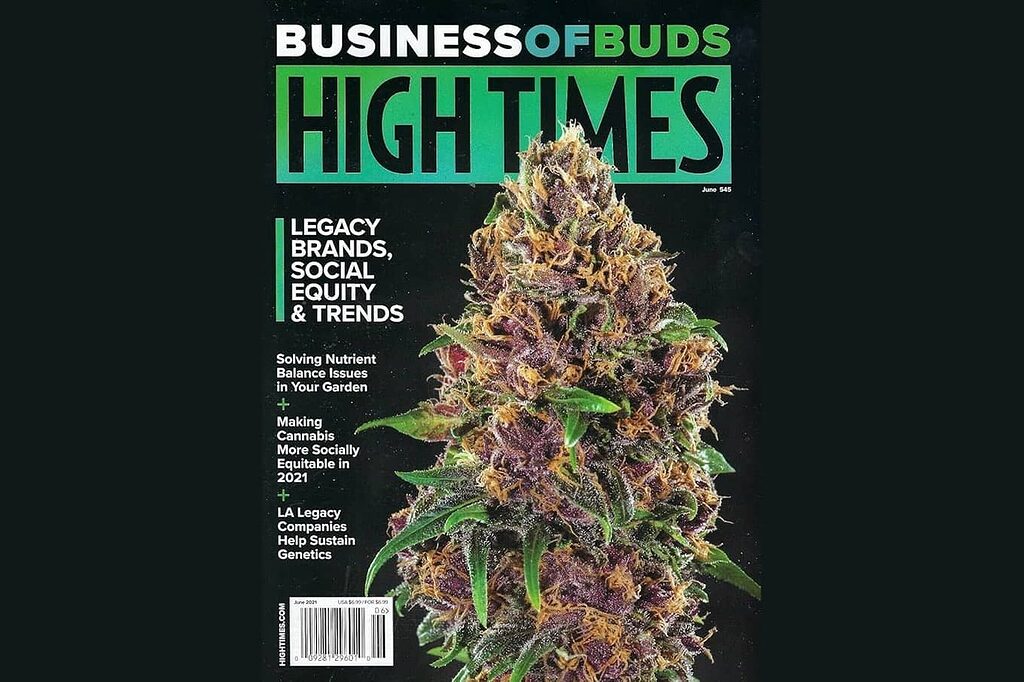
In December 1990, a group of Grateful Dead fans distributed flyers in Oakland inviting people to “smoke 420” on April 20 at 4:20 PM. A copy of this flyer found its way to High Times magazine, which published the term and helped it spread internationally. Thus, 420 transcended its origins to become a global phenomenon.
What Does 420 Mean in Cannabis Culture?
420 as a Cultural Code
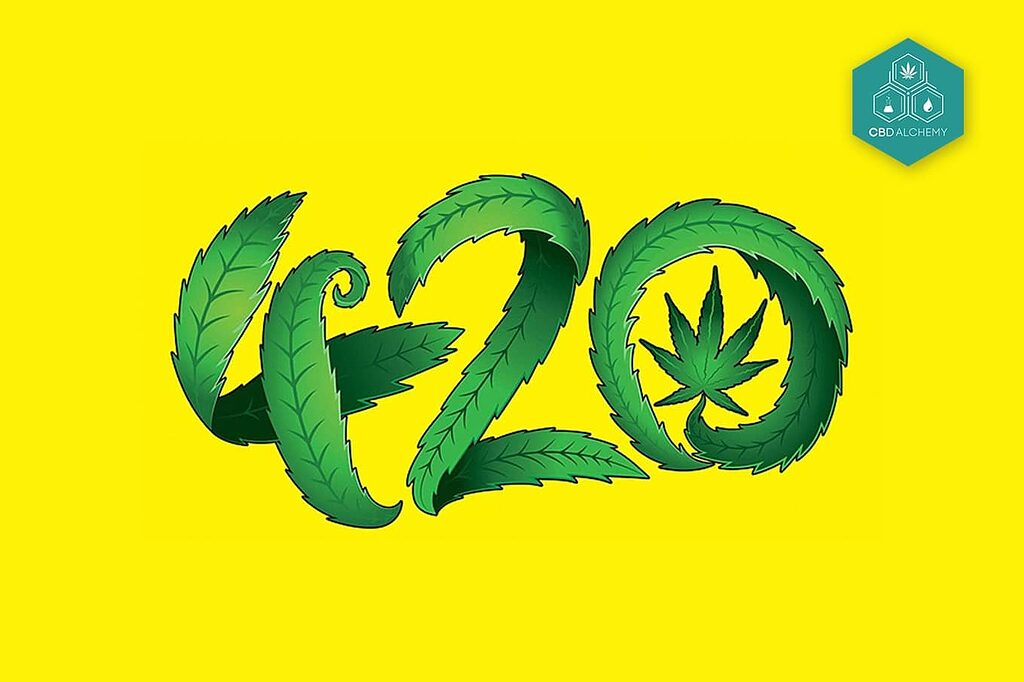
The term 420 has evolved beyond its origin to become a unifying element within the category of global cannabis culture.
Symbolism and Community
Today, 420 functions as a symbol of identity and belonging. Using this code allows people to identify themselves as part of the community without the need for explicit references to cannabis. This discretion has been particularly valuable in times and places where cannabis faced greater social stigma or legal restrictions.
Beyond Consumption
Although originally associated with consumption, 420 has evolved to also represent activism for legalization, medical research and cultural acceptance of cannabis. It represents a broader cultural stance that encompasses social, political and lifestyle aspects.
April 20 Celebrations
The date April 20 (4/20 in American format) has become the international day of celebration of cannabis culture, spreading to various parts of the world.
Global Events
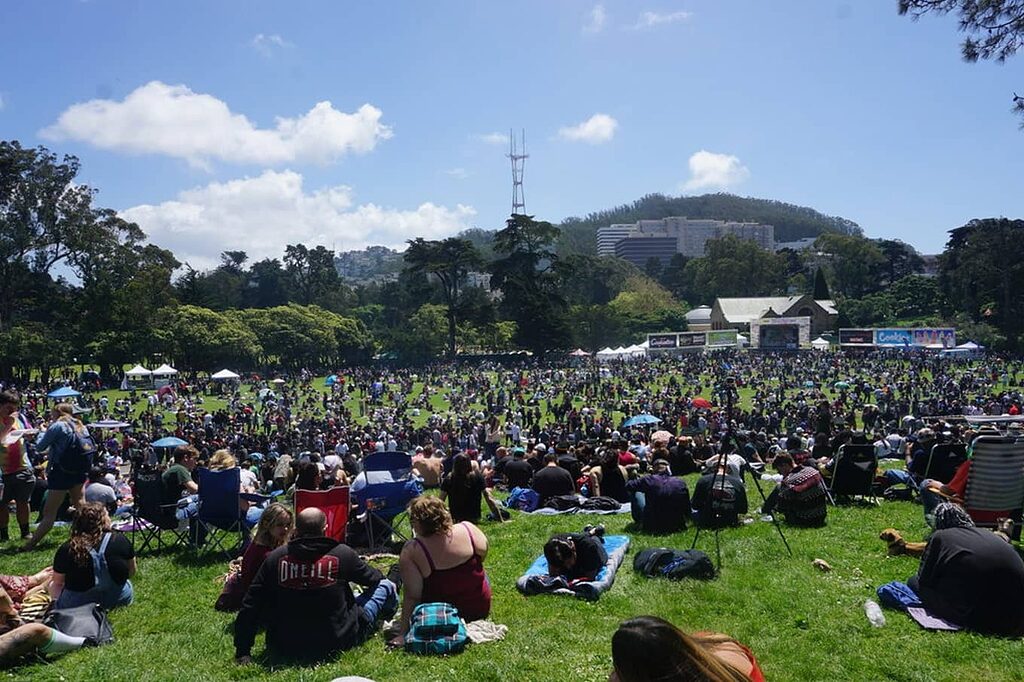
From Hippie Hill in San Francisco to Hyde Park in London, mass gatherings are held every April 20 where thousands of people celebrate cannabis culture. These events combine festive aspects with educational components and political activism for normalization and legalization.
Evolution of the Celebrations
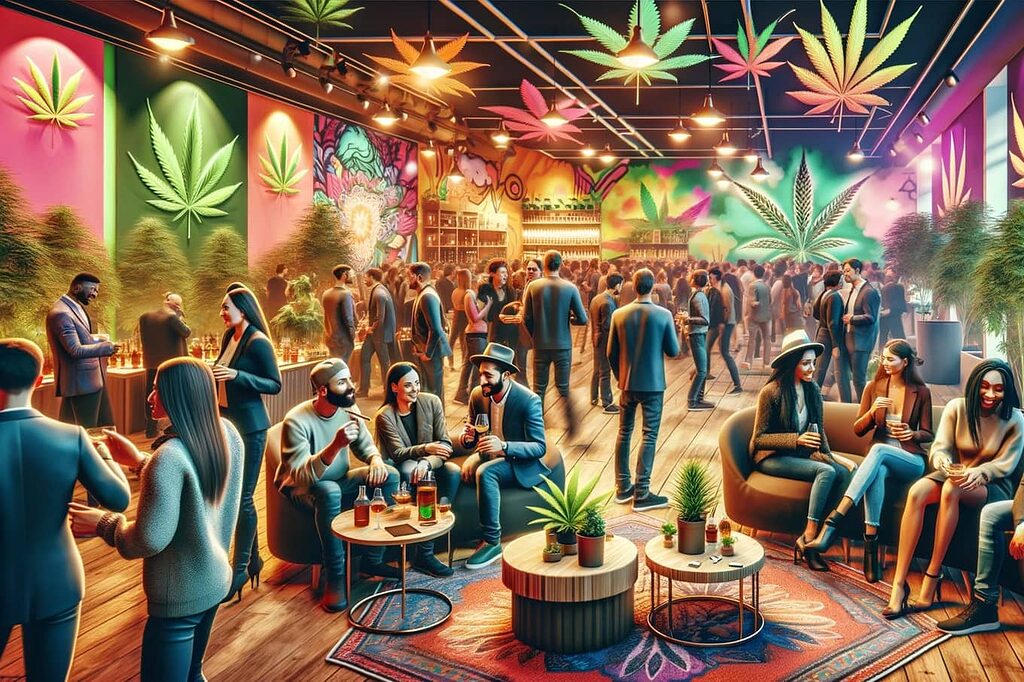
With increasing legalization in several countries, April 20 celebrations have gained legitimacy. What began as clandestine gatherings have morphed into official festivals, trade shows and educational events that attract participants of all ages and backgrounds.
420 in the Modern Context
Social Media Usage
The term 420 has found a new home on the Internet, where it functions as a virtual meeting point for cannabis enthusiasts.
Hashtags and Trends

Every April 20, hashtags like #420 and #420day trend globally on platforms like Twitter and Instagram. Cannabis-related brands take advantage of this date for special launches and promotions, generating millions of interactions on social networks.
Online Communities
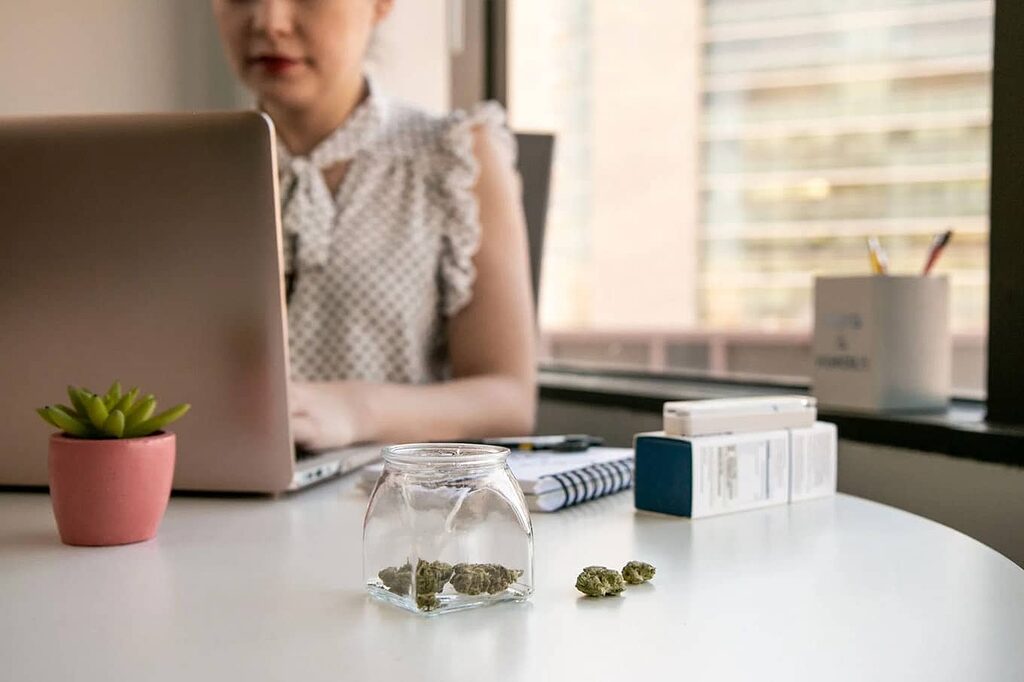
Forums and social networking groups use “420” in their names to identify themselves as cannabis discussion spaces. These communities share information on cultivation, responsible consumption, medicinal aspects and legislative developments, creating networks of support and shared knowledge.
Meaning in Dating Apps
The term has transcended into personal dating platforms, where it functions as an indicator of lifestyle compatibility. In dating apps, the term 420 is used to signal affinity with cannabis culture, suggesting that at least once in one’s life one has had some cannabis-related experience.
Codes in Profiles
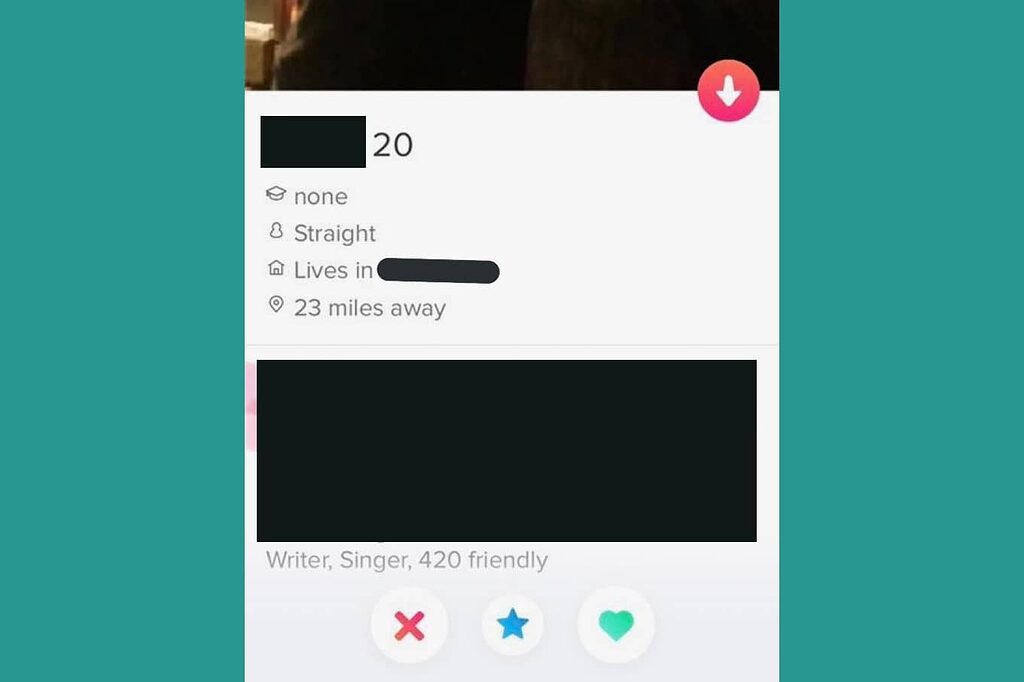
On apps such as Tinder or Grindr, many users include ‘420’ or ‘420 friendly’ in their profiles to indicate their affinity for cannabis culture. This allows people to find potential partners with similar attitudes toward cannabis without the need for awkward conversations.
Lifestyle Compatibility
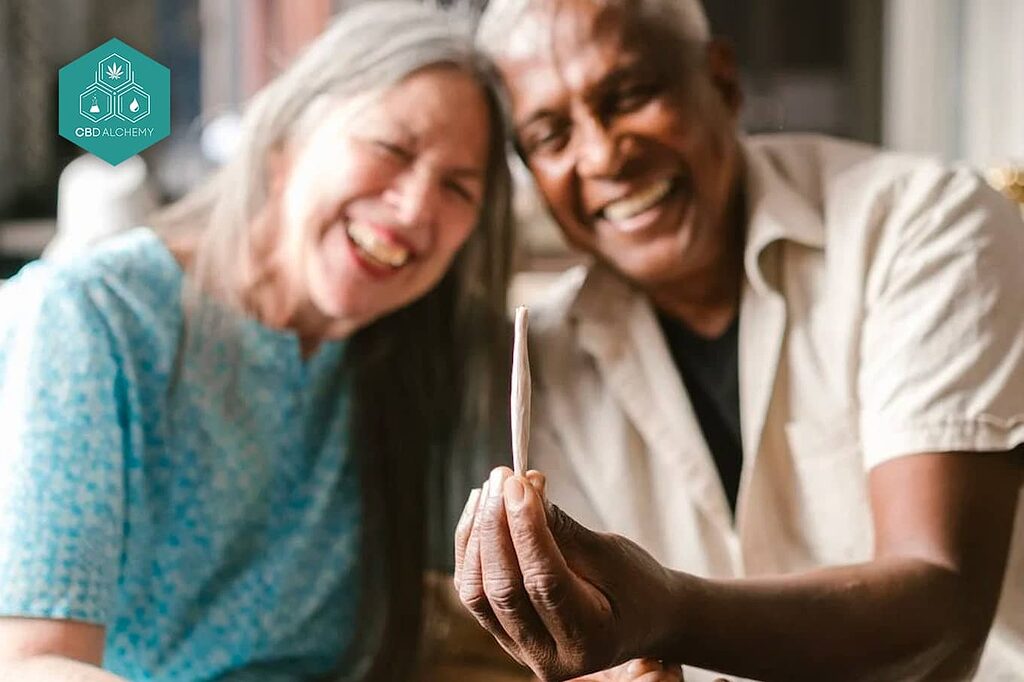
For many users, posture towards cannabis is an important factor in compatibility. Code 420 facilitates this identification, functioning as an initial filter to find people with similar values and habits regarding the use or acceptance of cannabis in their lives.
The Relationship Between 420 and CBD
CBD vs THC in the 420 Context
Although 420 emerged at a time when no distinction was made between components of cannabis, today the differentiation between CBD and THC is fundamental to understanding the evolution of this culture. Thanks to its therapeutic benefits, CBD has expanded the reach of 420 culture, allowing more people to benefit from its properties.
Fundamental Differences
CBD (cannabidiol) and THC (tetrahydrocannabinol) are the two best-known cannabinoids in cannabis. While THC produces psychoactive effects, CBD offers CBD benefits without altering consciousness. This distinction has allowed CBD products from CBD Shops to be legal in many places where recreational cannabis remains prohibited.
CBD’s Role in 420 Culture
CBD has broadened the scope of 420 culture, incorporating people interested in the therapeutic benefits of cannabis but not its psychoactive effects. Legal CBD products have created a bridge between the medicinal world and traditional 420 culture, expanding its base and contributing to the normalization of cannabis in society.
Other Meanings and Myths of 420
Common Myths About the Origin
Over the years, numerous erroneous theories have arisen about the origin of the term 420.
Authorities have influenced the perception of the term 420 through decisions and regulations that have shaped its meaning in society.
Police Codes
A popular but false belief is that 420 was the police code for marijuana use in California. In reality, California Penal Code 420 refers to obstruction of trespassing on public land, unrelated to cannabis.
Musical References
Another incorrect theory links 420 to the song “Rainy Day Women #12 & 35” by Bob Dylan, because 12 multiplied by 35 is 420. However, there is no evidence that Dylan intended this, and the song predates the actual origin of the term.
Alternative Meanings
The number 420 has other non-cannabis related meanings that sometimes cause confusion.
Telephone Prefix
The telephone prefix 420 corresponds to the Czech Republic, with no relation to the cannabis culture. This coincidence sometimes generates confusion in international contexts.
Model 420 in Spain
In Spain, model 420 is a tax form related to the Canary Islands General Indirect Tax, completely unrelated to the cultural meaning of the term in the cannabis context.
Frequently Asked Questions About 420
What is the meaning of 420?
The design of the term 420 has evolved over time since its origin in 1971 with a group of students in San Rafael, California, known as “The Waldos”. Initially it was their meeting time (4:20 PM) to search for an abandoned cannabis crop. Over time, it evolved into a global symbol of cannabis culture and a form of identification among consumers.
What does code 420 mean?
The term 420 has been the driving force behind cannabis culture, representing everything related to cannabis, from consumption to legalization activism. It functions as a code of recognition among like-minded people and has become a symbol of community identity worldwide.
Why 420 is the hour of the joint?
420 is associated with cannabis use because the Waldos, the group that originated the term, would gather at 4:20 PM to search for an abandoned crop, showing remarkable resilience over time. Over time, this time became a symbolic moment for consumption, extending also to the date of April 20 (4/20 in American format) as a day of celebration of cannabis culture.
What do 420 and 710 mean?
While 420 refers to cannabis culture in general and has been part of a larger cultural system, 710 is a more recent code that refers specifically to cannabis concentrates and oils. The upside-down number 710 resembles the word “OIL,” and is celebrated on July 10 (7/10).
References and Sources
- Bloom, S. (2016). Pot Culture: The A-Z Guide to Stoner Language and Life. Abrams.
- Lee, M. A. (2013). Smoke Signals: A Social History of Marijuana – Medical, Recreational, and Scientific. Scribner.
- High Times.(2015). The Official High Times Cannabis Cookbook. Chronicle Books.
- Halperin, S., & Bloom, S. (2007). Reefer Movie Madness: The Ultimate Stoner Film Guide. Abrams.
- Cervantes, J. (2015). The Cannabis Encyclopedia. Van Patten Publishing.



